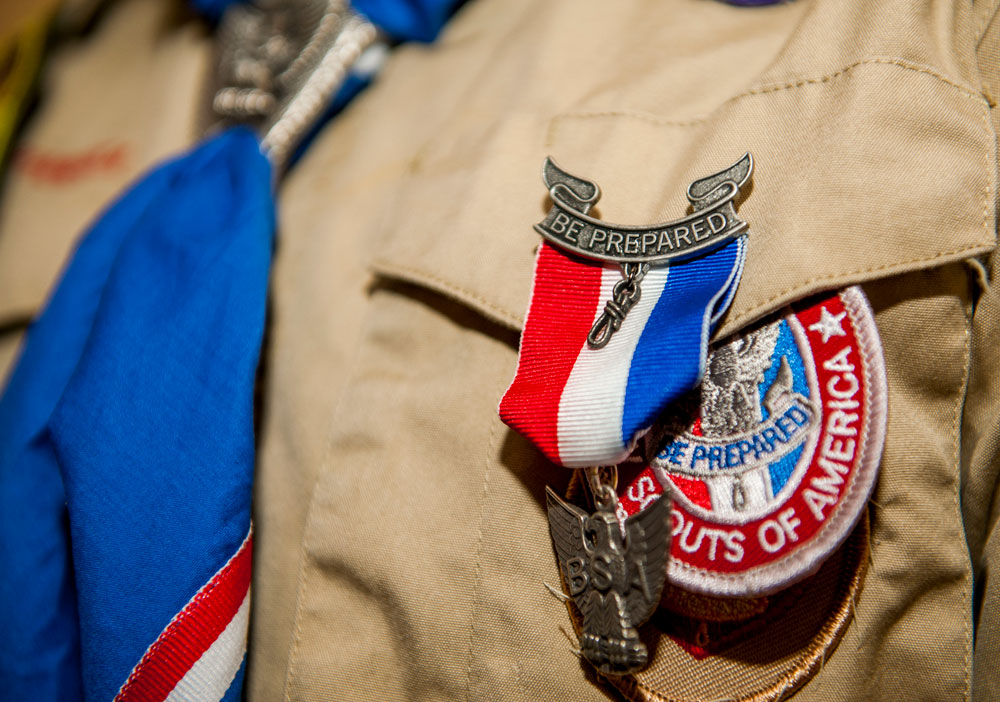
February 18, 2020; Seattle Post-Intelligencer
The Boy Scouts of America (BSA) filed for Chapter 11 bankruptcy protection this week in the face of a flood of lawsuits from men who claim to have been sexually assaulted during their time as scouts. The organization is encouraging all who may be considering a suit to get their cases filed now. Some see the move as defensive; by establishing a deadline by which cases must be filed, they mean to limit the recovery of damages.
The organization doesn’t look broke right now to us, claiming as it does somewhere between $1 billion and $10 billion in assets, excluding assets held by individual chapters. Its liabilities, they estimate, will be somewhere in the range of $500 million to $1 billion—not broke, but very exposed.
The onslaught of cases already appeared endless, but the number is set to increase. Over the past hundred years, the organization estimates, approximately 12,000 boys were molested by around 7,800 abusers. Due to recent changes in law in New York, Arizona, New Jersey, and California that extend the statute of limitations on child sexual abuse, another 500 to 1000 claims are due to be heard. In the end, the fund out of which claims will be paid may exceed $1 billion.
Sign up for our free newsletters
Subscribe to NPQ's newsletters to have our top stories delivered directly to your inbox.
By signing up, you agree to our privacy policy and terms of use, and to receive messages from NPQ and our partners.
Still, the organization says that local councils, which are separately incorporated, will not be touched by the bankruptcy or lawsuits. Lawyers for the plaintiffs, however, are not so certain. Mike Pfau, a Seattle-based attorney who has filed cases against the BSA for any number of clients, says he thinks the assets at the council level may far exceed that of BSA. He said that they would at the very least investigate whether BSA transferred assets to local councils to place it out of reach.
As NPQ recently reported, scout membership has been declining, and on the first day of this year, it took another serious dip when the Church of Jesus Christ of Latter-day Saints disengaged from BSA, taking 400,000 scouts with them. The new cases being filed are largely from the ’60s through the ’80s, before protective protocols were instituted.
The BSA is the latest in a growing number of high-profile cases involving sex abuse that’s enabled and covered up by trusted institutions. Beyond the Catholic Church, we have also seen the revelations about Penn State and USA Gymnastics. These scenarios of long-lasting abuse visited on children are not just tragedies for those who have been hurt directly; they are ruinous to civil society and the fabric of multiple communities. Any nonprofit or public-facing institution has a responsibility to engage wholly in a deep dive into the ethical considerations embedded in its work. Have you done so recently?—Ruth McCambridge













